Home>Gardening & Outdoor>Landscaping Ideas>How To Protect Grass From Cars
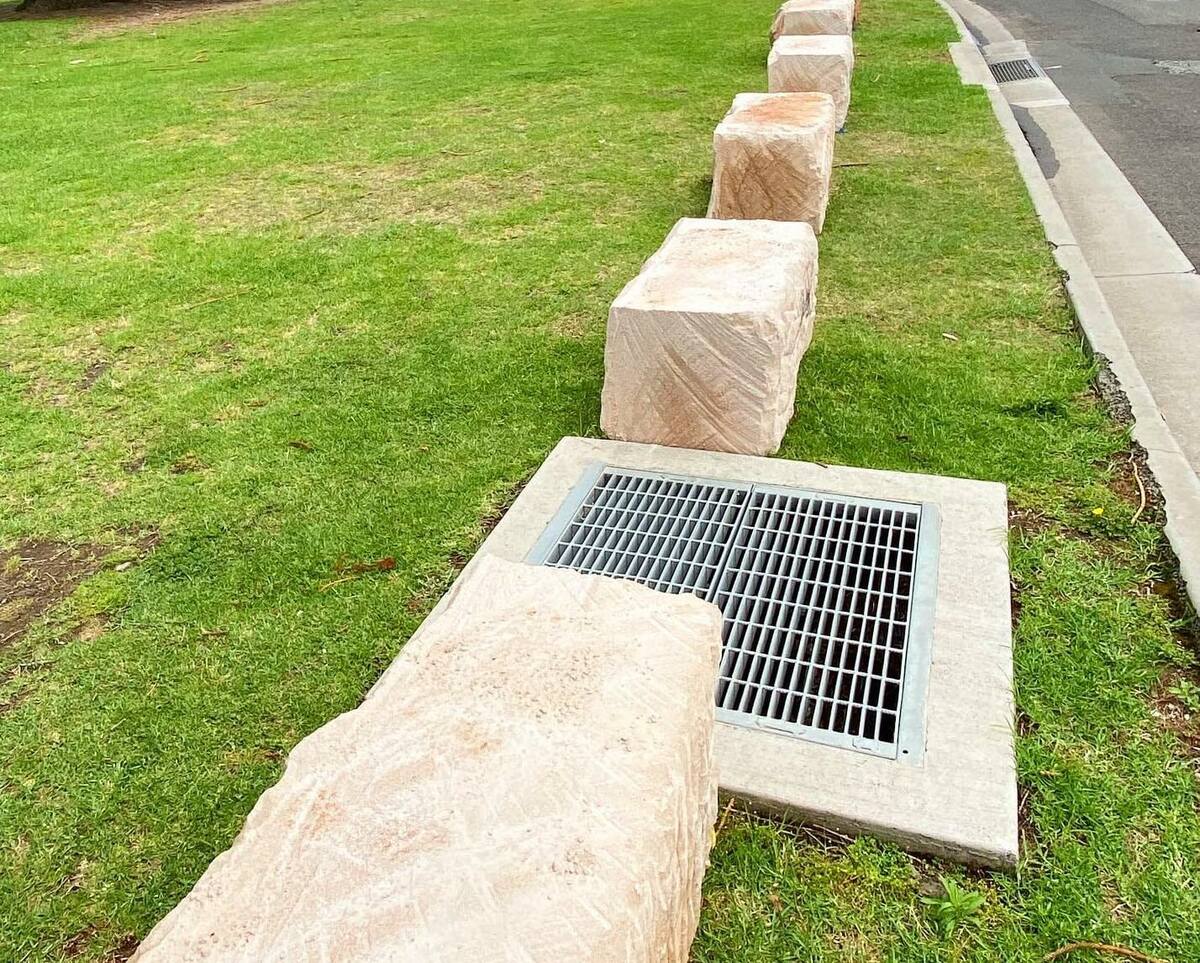

Landscaping Ideas
How To Protect Grass From Cars
Published: January 25, 2024
Learn effective landscaping ideas to protect your grass from cars and keep your lawn looking pristine. Discover practical tips and solutions for maintaining a beautiful and durable lawn.
(Many of the links in this article redirect to a specific reviewed product. Your purchase of these products through affiliate links helps to generate commission for Storables.com, at no extra cost. Learn more)
Choosing the Right Grass Type
Selecting the appropriate grass type is crucial when aiming to protect your lawn from the damaging effects of cars. Certain grass species are more resilient and better equipped to withstand vehicular traffic, making them ideal choices for areas where cars may be parked or driven. Here are some resilient grass types to consider:
Read more: How To Protect Grass From Heat
1. Bermuda Grass
Bermuda grass is renowned for its exceptional durability and ability to tolerate heavy foot traffic, making it a top choice for areas where cars are frequently parked. This warm-season grass thrives in full sun and exhibits excellent recovery capabilities, allowing it to bounce back quickly after being subjected to pressure.
2. Zoysia Grass
Zoysia grass is another robust option known for its ability to withstand wear and tear. This warm-season grass variety boasts a dense growth pattern and a high tolerance for traffic, making it well-suited for areas where cars are regularly parked or driven.
3. Buffalo Grass
Buffalo grass is a resilient warm-season grass that can endure moderate traffic and recover well from damage. Its fine texture and low maintenance requirements make it an attractive option for areas where cars may come into contact with the grass.
4. Tall Fescue
Tall fescue is a cool-season grass that exhibits remarkable durability and resilience, particularly in the face of moderate vehicular traffic. Its deep root system and robust nature enable it to withstand the challenges posed by cars, making it a suitable choice for lawns in such areas.
Read more: How To Protect Grass Seed From Frost
5. Kentucky Bluegrass
Kentucky bluegrass is a cool-season grass that offers good traffic tolerance and the ability to recuperate from damage. Its fine texture and attractive appearance make it a popular choice for lawns that may be exposed to vehicular activity.
By opting for a grass type that is well-suited to endure the stress of cars, you can effectively safeguard your lawn from potential damage while maintaining its lush and vibrant appearance.
Key Takeaways:
- Choose resilient grass types like Bermuda, Zoysia, and Tall Fescue to protect your lawn from car damage. These grasses can withstand traffic and recover quickly, keeping your lawn lush and vibrant.
- Install barriers, create dedicated parking areas, and use grass reinforcement grids to safeguard your grass from cars. These measures protect the lawn while maintaining its aesthetic appeal and functionality.
Installing Barriers or Edging
Installing barriers or edging around your lawn can serve as a protective measure against the detrimental impact of cars. These physical boundaries not only delineate the parking or driving areas but also help in preventing the grass from being trampled or compacted. Here are some effective methods for installing barriers or edging to safeguard your grass:
1. Concrete or Paved Borders
Constructing concrete or paved borders around the perimeter of the lawn can create a clear separation between the grass and the parking area. These solid barriers provide a sturdy demarcation, effectively preventing vehicles from encroaching onto the lawn. Additionally, they offer a polished and neat appearance to the landscape while ensuring the grass remains unharmed.
2. Timber or Plastic Edging
Utilizing timber or plastic edging is a versatile and cost-effective approach to protect the lawn from vehicular damage. These materials can be easily installed along the edges of the grass, forming a distinct boundary that discourages cars from driving or parking on the lawn. Timber edging lends a natural and rustic charm to the landscape, while plastic edging offers durability and flexibility in shaping the boundaries as per the lawn's layout.
Read more: How To Protect New Grass From Freeze
3. Decorative Gravel or Stone Borders
Incorporating decorative gravel or stone borders not only enhances the aesthetic appeal of the lawn but also acts as a functional barrier against vehicular intrusion. These borders can be strategically positioned along the edges of the grass, creating a visually appealing separation while deterring cars from encroaching onto the lawn. The varied textures and colors of gravel or stone borders add a touch of elegance to the landscape, elevating its overall allure.
4. Flexible Rubber or Plastic Barriers
Employing flexible rubber or plastic barriers offers a practical and adaptable solution for protecting the grass from vehicular traffic. These barriers can be easily installed and adjusted to conform to the contours of the lawn, effectively creating a resilient buffer against the impact of cars. Their pliable nature allows for seamless integration with the landscape, ensuring the grass remains shielded while accommodating the parking or driving requirements.
By implementing suitable barriers or edging, you can establish a robust defense system for your lawn, safeguarding it from the potential harm caused by vehicles. These protective measures not only preserve the integrity of the grass but also contribute to the overall aesthetics and functionality of the outdoor space.
Creating Dedicated Parking Areas
Establishing dedicated parking areas is a strategic approach to protect the grass from the detrimental effects of vehicular traffic. By designating specific zones for parking, you can effectively minimize the risk of damage to the surrounding lawn while ensuring convenient and organized parking facilities. Here are some essential considerations and steps for creating dedicated parking areas that prioritize the preservation of the grass:
1. Clear Demarcation
Clearly demarcate the designated parking areas using visible markers such as painted lines, signage, or physical barriers. This delineation serves as a visual guide for drivers, indicating the permissible parking zones and effectively directing them away from the grassy areas. By providing a clear distinction between the parking spaces and the lawn, you can mitigate the likelihood of accidental encroachment onto the grass.
Read more: How To Protect Garden Drainage From Debris
2. Strategic Location
Strategically position the dedicated parking areas in locations that minimize direct contact with the lawn. Opt for areas with firm and stable ground, such as gravel or compacted soil, to serve as the designated parking zones. By situating these areas away from the delicate grass, you can reduce the impact of vehicle weight and movement on the lawn, thereby safeguarding its health and appearance.
3. Adequate Size and Capacity
Ensure that the dedicated parking areas are adequately sized to accommodate the anticipated number of vehicles. By providing sufficient space for parking, you can prevent overcrowding and the need for vehicles to park on the grass. This proactive approach not only protects the lawn from potential damage but also enhances the overall functionality and accessibility of the parking facilities.
4. Surface Protection Measures
Implement surface protection measures within the dedicated parking areas to further shield the grass from vehicular impact. Utilize materials such as permeable pavers, gravel grids, or reinforced turf systems to create a stable and resilient surface for parking. These solutions distribute the weight of the vehicles more evenly, reducing soil compaction and minimizing the risk of turf damage.
5. Regular Maintenance and Monitoring
Establish a routine maintenance schedule to inspect and upkeep the dedicated parking areas. Regularly assess the condition of the designated parking zones, addressing any signs of soil compaction or grass stress promptly. By monitoring and maintaining these areas, you can uphold their functionality while preserving the integrity of the surrounding lawn.
By creating dedicated parking areas with careful planning and consideration, you can effectively protect the grass from the adverse effects of vehicular traffic. This proactive approach not only safeguards the aesthetic appeal of the lawn but also promotes sustainable landscaping practices, ensuring the long-term health and vitality of the outdoor environment.
Read more: How To Protect Grass Seed From Heavy Rain
Using Grass Reinforcement Grids
Implementing grass reinforcement grids is a highly effective strategy for safeguarding your lawn from the damaging impact of vehicular traffic. These innovative grids, also known as grass pavers or turf reinforcement mats, offer a sustainable and resilient solution to protect the grass while accommodating parking or driving requirements. By integrating grass reinforcement grids into your landscaping approach, you can create a durable and stable surface that mitigates soil compaction, minimizes erosion, and preserves the lush greenery of the lawn.
Benefits of Grass Reinforcement Grids
Grass reinforcement grids provide a multitude of benefits that contribute to the overall health and longevity of the lawn. These benefits include:
-
Enhanced Load-Bearing Capacity: Grass reinforcement grids are engineered to distribute the weight of vehicles evenly, reducing the pressure exerted on the underlying soil. This minimizes soil compaction and prevents damage to the grass, allowing it to thrive despite vehicular traffic.
-
Improved Drainage: The open structure of grass reinforcement grids facilitates efficient water infiltration, promoting proper drainage and preventing waterlogging. This helps maintain optimal soil conditions for the grass, ensuring its continued growth and vitality.
-
Erosion Control: By stabilizing the soil and preventing erosion, grass reinforcement grids safeguard the integrity of the lawn, particularly in areas prone to runoff or soil displacement caused by vehicle movement.
-
Versatile Applications: Grass reinforcement grids are versatile and can be utilized for various purposes, including creating parking areas, access roads, and pathways. Their adaptability makes them an ideal choice for preserving the grass in diverse landscaping settings.
Installation and Maintenance
The installation of grass reinforcement grids involves laying the grids over the prepared ground and securing them in place. Once installed, the grids can be filled with a suitable aggregate material, such as gravel or sand, to create a stable surface for parking or driving. Regular maintenance, including periodic inspection and debris removal, ensures the continued effectiveness of the grids and promotes the health of the grass.
Environmental Considerations
In addition to their functional benefits, grass reinforcement grids align with sustainable landscaping practices by promoting environmental conservation. These grids facilitate the growth of grass and vegetation, contributing to the preservation of green spaces and the natural ecosystem. Furthermore, their permeable design supports water conservation and minimizes the impact of stormwater runoff, enhancing the ecological balance of the surrounding environment.
By integrating grass reinforcement grids into your landscaping strategy, you can establish a harmonious balance between vehicular accessibility and the protection of the grass. This proactive approach not only safeguards the aesthetic appeal of the lawn but also upholds the principles of sustainable landscaping, ensuring the long-term resilience and vitality of the outdoor environment.
Read more: How To Protect Patio From Fire Pit
Implementing Regular Maintenance Practices
Regular maintenance is essential for preserving the health and appearance of the grass in areas exposed to vehicular traffic. By implementing consistent and proactive maintenance practices, you can mitigate the impact of cars on the lawn while promoting its long-term vitality. Here are key maintenance practices to uphold the resilience and aesthetic appeal of the grass:
1. Mowing and Trimming
Regular mowing and trimming are fundamental maintenance tasks that contribute to the overall well-being of the grass. By maintaining an appropriate mowing height, you can encourage strong root development and enhance the grass's ability to withstand vehicular pressure. Trimming the edges along parking areas and pathways helps prevent encroachment onto the grass, preserving its defined boundaries and minimizing the risk of damage.
2. Aeration
Aeration plays a crucial role in alleviating soil compaction caused by vehicular traffic. Conducting core aeration allows for better air and water penetration into the soil, promoting root growth and enhancing the grass's resilience. Focused aeration in high-traffic zones helps rejuvenate the turf and mitigate the effects of vehicle-induced compaction.
3. Fertilization and Soil Amendment
Applying appropriate fertilizers and soil amendments supports the grass in areas impacted by cars. Tailored fertilization programs provide essential nutrients that bolster the grass's strength and recovery capabilities. Additionally, soil amendments such as organic matter or compost aid in improving soil structure and promoting a healthy root system, fortifying the grass against the stresses of vehicular activity.
Read more: How To Protect Decking
4. Irrigation Management
Effective irrigation management is vital for sustaining the grass in high-traffic areas. Consistent and targeted watering practices ensure that the grass remains adequately hydrated, fostering its resilience and recuperative potential. Proper irrigation also aids in minimizing soil compaction and maintaining optimal soil conditions, contributing to the overall health of the lawn.
5. Monitoring and Prompt Repairs
Regular monitoring of the grass in proximity to parking or driving areas allows for early detection of damage or stress. Prompt repairs, such as overseeding damaged patches or addressing soil compaction, prevent the deterioration of the grass and facilitate its recovery. Timely intervention minimizes the long-term impact of vehicular traffic, preserving the lush and inviting appearance of the lawn.
By integrating these regular maintenance practices into your lawn care regimen, you can effectively safeguard the grass from the challenges posed by vehicular traffic. This proactive approach not only ensures the continued health and vibrancy of the grass but also reinforces its ability to thrive in areas where cars are present.
Frequently Asked Questions about How To Protect Grass From Cars
Was this page helpful?
At Storables.com, we guarantee accurate and reliable information. Our content, validated by Expert Board Contributors, is crafted following stringent Editorial Policies. We're committed to providing you with well-researched, expert-backed insights for all your informational needs.

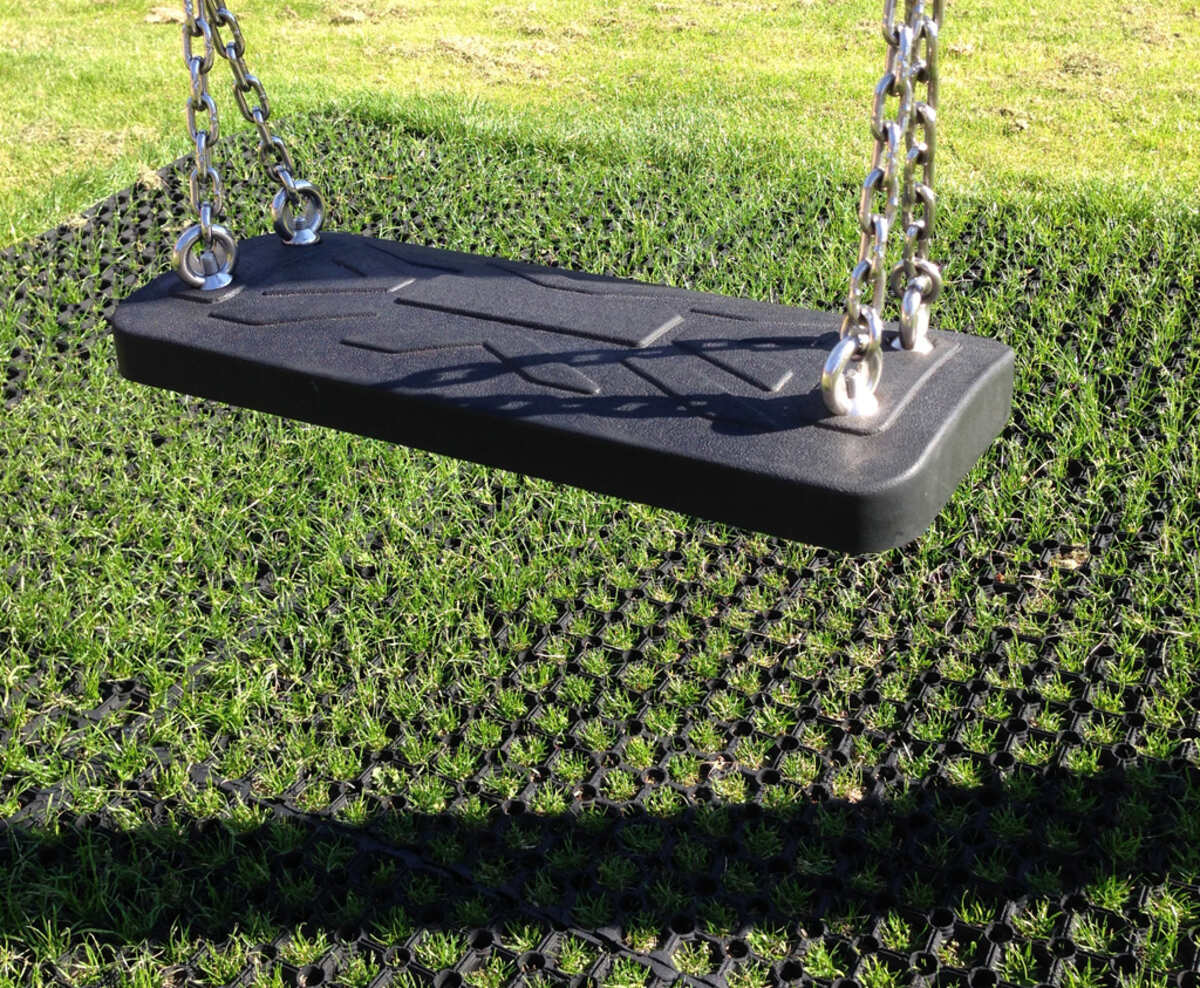


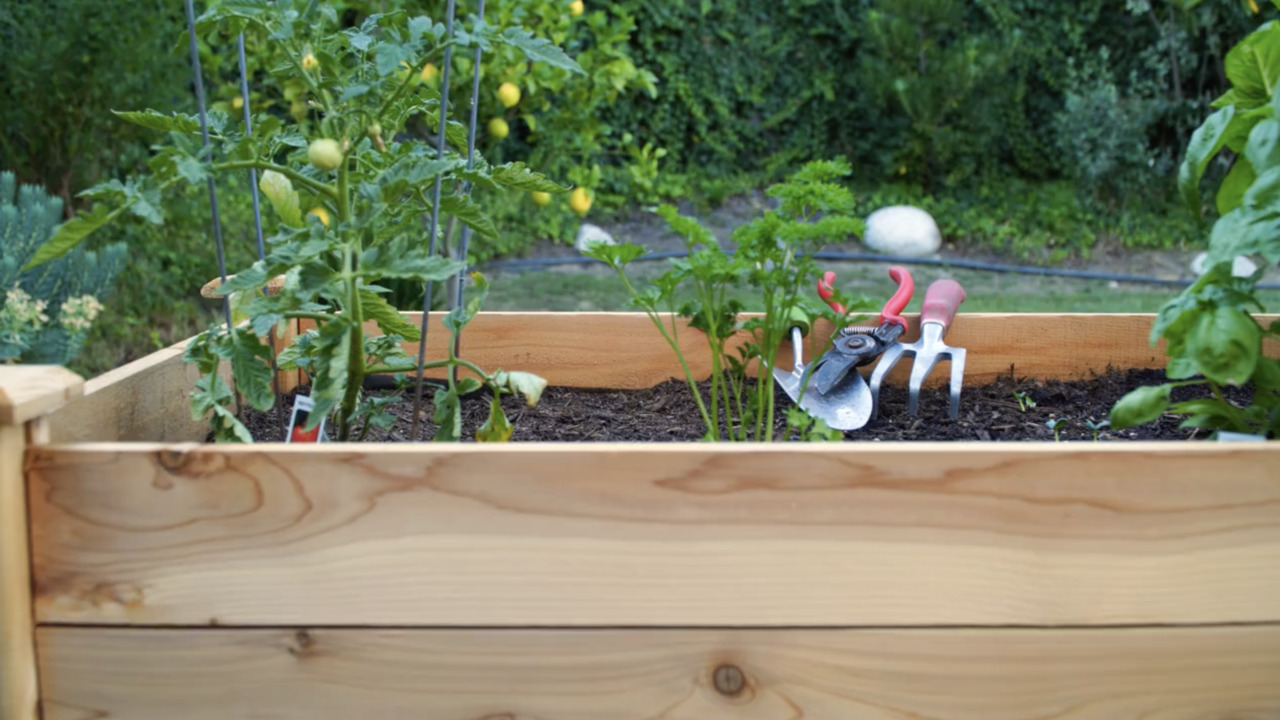
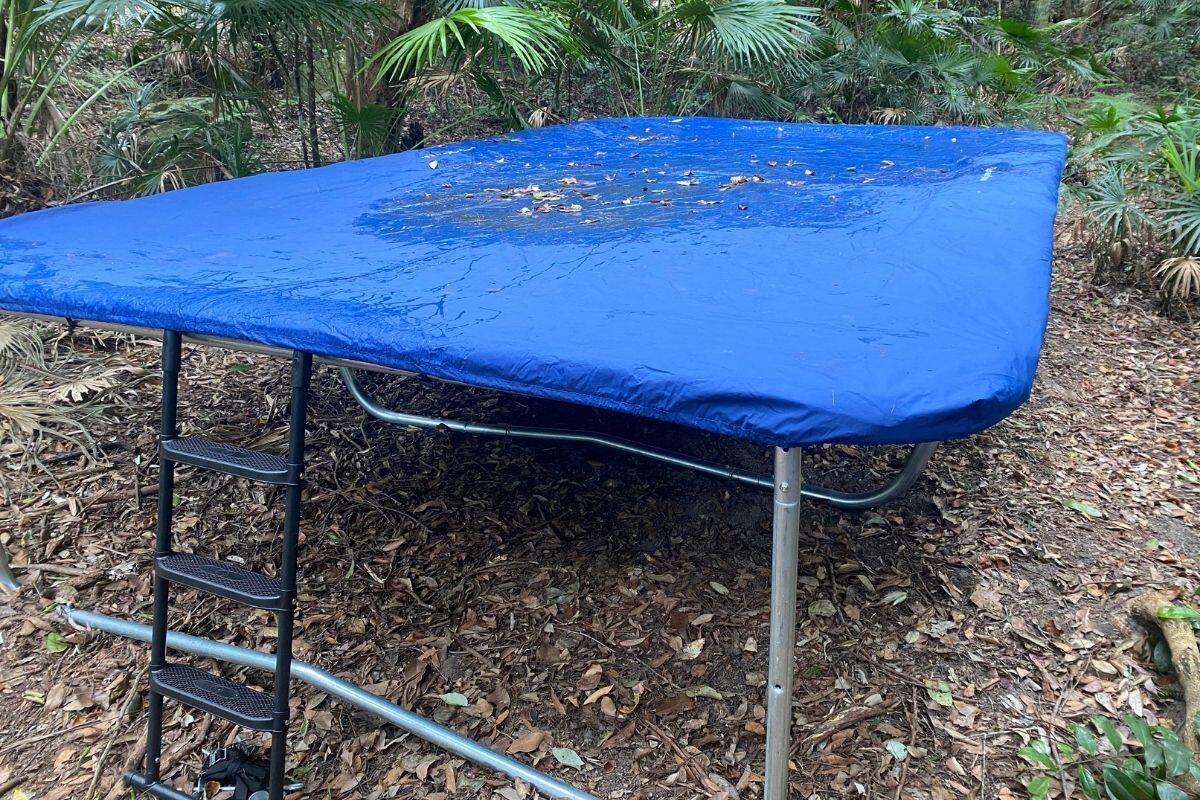
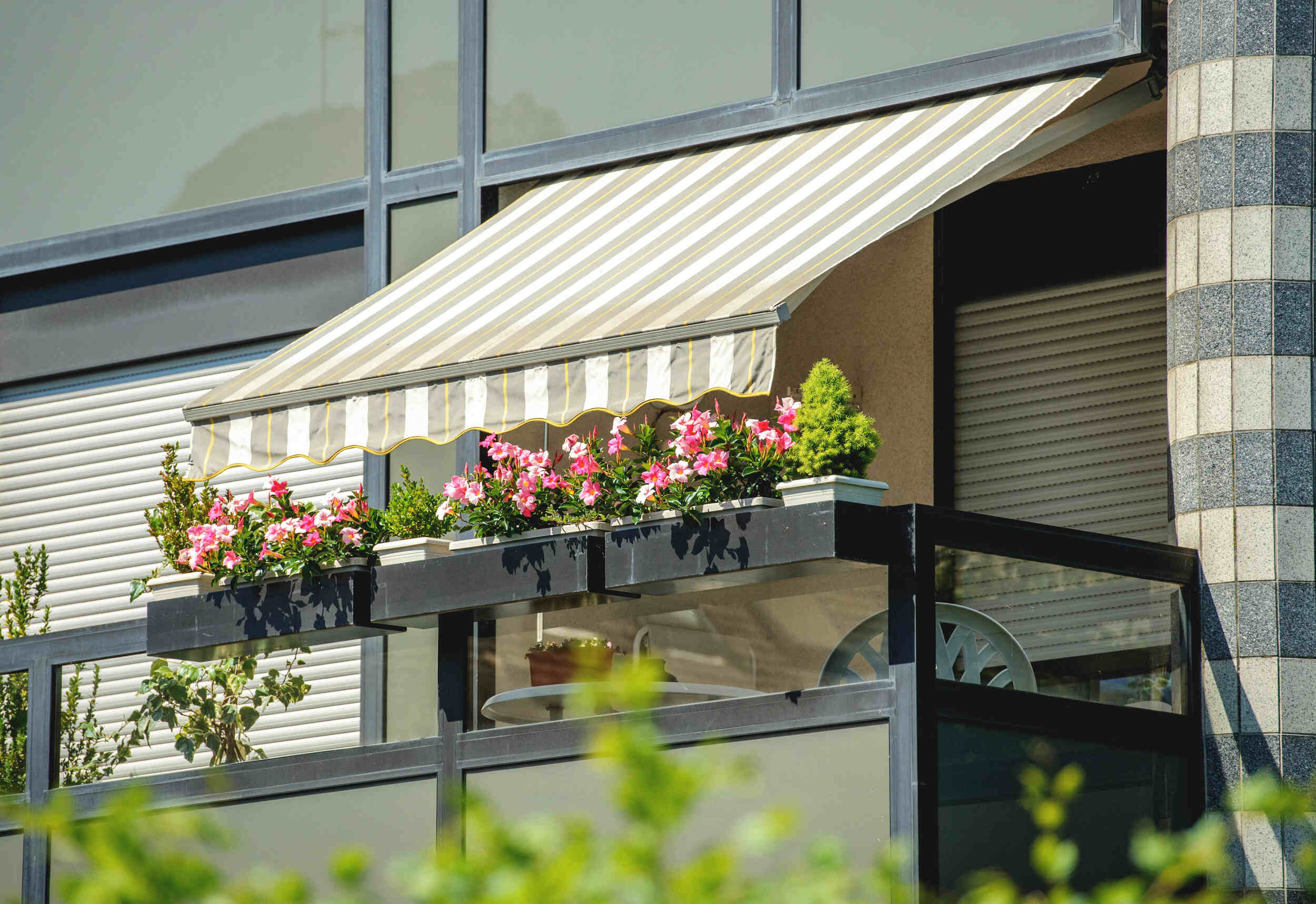



0 thoughts on “How To Protect Grass From Cars”